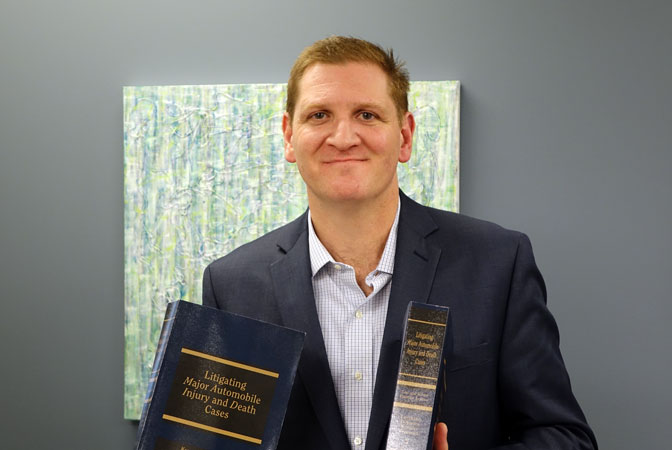
Levinson and Stefani is thrilled to announce that all three of its attorneys have been recognized by the rating service Super Lawyers in 2016. Ken has been selected to the 2016 Illinois Super Lawyers Top 100 list, his second appearance on the list, while Jay and Brett have been recognized as 2016 Illinois Super Lawyers Rising Stars. More information can be found in the release below. Congratulations, gentlemen!
FOR IMMEDIATE RELEASE
January 13, 2016
CHICAGO — Founding partner Ken Levinson has been selected to the 2016 Illinois Super Lawyers Top 100, part of Super Lawyers’ annual listing. This marks Levinson’s second appearance on the Top 100 list; he has been listed an Illinois Super Lawyer every year since 2010. No more than five percent of the lawyers in the state are selected by Super Lawyers to receive this honor.
Levinson was recognized for his work on behalf of injury survivors and child abuse victims, including a record $43 million jury verdict for a child abuse victim. He has successfully handled hundreds of personal injury and wrongful death cases. Levinson is also the co-author of the newly released 2015-2016 edition of Litigating Major Automobile Injury and Death Cases, an ongoing series that helps plaintiff’s attorneys build strong cases for their clients. The two-volume set is published by AAJ Press/Thomson Reuters.
Additionally, Partner Jay Stefani and Associate Attorney Brett Manchel were honored as Illinois Super Lawyers Rising Stars. Stefani was previously named to the list in 2012, 2014 and 2015. This year marks Manchel’s first appearance on the Rising Stars list. Fewer than 2.5 percent of Illinois lawyers under the age of 40 are selected Rising Stars.
Super Lawyers is a rating service of outstanding lawyers from more than 70 practice areas who have attained a high-degree of peer recognition and professional achievement. The selection process includes independent research, peer nominations and peer evaluations.
Super Lawyers Magazine features the list and profiles of selected attorneys and is distributed to attorneys in the state or region and the ABA-accredited law school libraries. Super Lawyers is also published as a special section in leading city and regional magazines across the country.
In the United States, Super Lawyers Magazine is published in all 50 states and Washington, D.C., reaching more than 13 million readers.
Founded in 2014, Levinson and Stefani is a Chicago-based law firm offering client-first legal representation. Founded by Ken Levinson and Jay Stefani, the firm focuses on truck, auto and bus-related accidents, as well as child injury cases.



